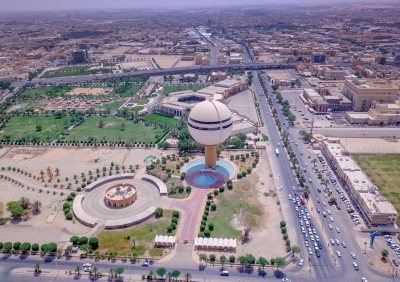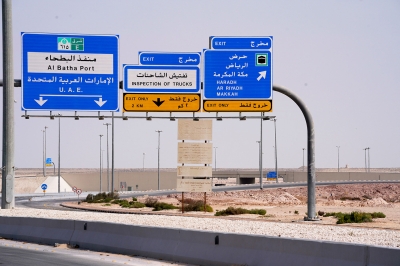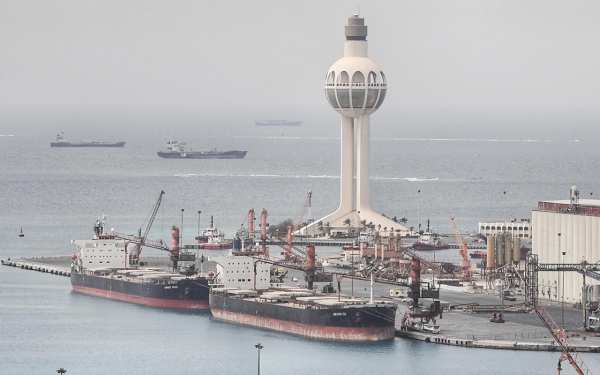
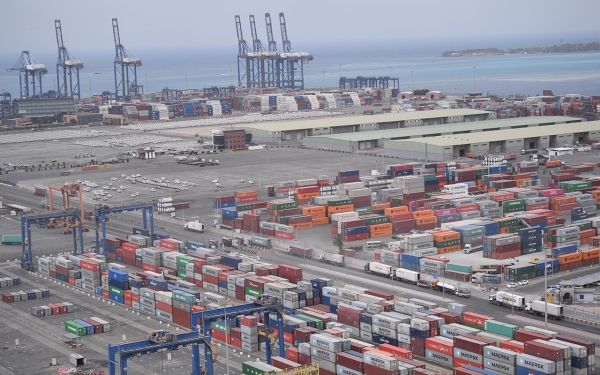
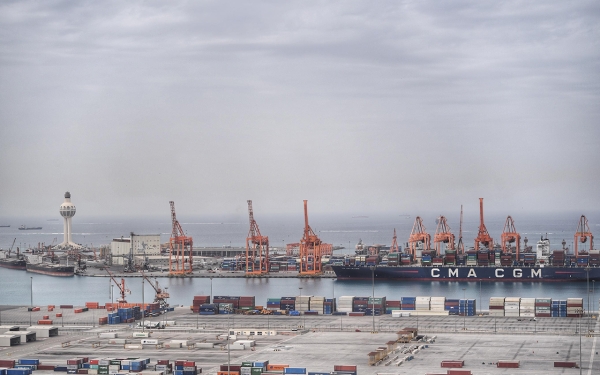
Jeddah Islamic Port, also known as Jeddah Port, is the main port for the Kingdom of Saudi Arabia's imports and exports. It is the largest Saudi port on the Red Sea in terms of area, expanding over 12.5 km. It is the second largest port along the Red Sea coast in the Kingdom in terms of capacity, after King Fahd Industrial Port in Yanbu.
Significance of Jeddah Islamic Port
The significance of the Jeddah Port stems from being a gateway that welcomes Hajj and Umrah pilgrims annually. It is also a fundamental access point in the Red Sea for re-exportation since 75 percent of maritime trade and transshipment going through Saudi ports take place in this port.
Jeddah Port ranks first among the ports of the Red Sea. It is the first pivotal port in the region and the first port for the Kingdom's exports and imports. Moreover, it was ranked eighth in the World Bank's Container Port Performance Index 2021, and won the Digital Transformation award at the seventh edition of the International Green Shipping Summit Awards, which was held in the Dutch city of Rotterdam on February 15 and 16, 2023, for being the Best Seaport of the Year 2022.
Historical status of Jeddah Islamic Port
The Kingdom established a trade and industrial ports ecosystem on the eastern and western coasts. The most notable is Jeddah Islamic Port, which is the jewel of Saudi ports. It was founded during the reign of Caliph Uthman Ibn Affan (may Allah be pleased with him) in the year 646. The founding King Abdulaziz Bin Abdulrahman Al Saud has dedicated special interest to this port, and his descendant kings followed on the same development path.
The port welcomes over five thousand cargo ships traveling between Asia, Europe, and Africa each year, hence serving as a vital hub connecting all three continents. Its significance is on the rise, particularly in light of the Maritime Silk Road project, anticipated to traverse through this port as part of the Chinese Belt and Road Initiative. This initiative aims to revive the historic Silk Road, forging substantial economic and investment corridors among ports in countries across the globe. This will further enhance the logistics status of Jeddah Port due to its location in the heart of the trade route.
Size of Jeddah Islamic Port
Jeddah Port expands over 12.5 km southwest of Jeddah city. It contains two shipping lanes and two harbor basins for ship repair and marine maintenance, in addition to four main stations. Two of them are dedicated to container handling, while the other two are concerned with general cargo. The port also contains sixty-two docks with a total length of 12.3 km.
The depth of water on these docks ranges between 7.5 and eighteen m. The port's capacity of 130 million tons can receive the largest trade ships with lengths of up to four hundred m and a weight exceeding fourteen thousand containers, with the help of over 1,752 modern devices.
Docks of Jeddah Islamic Port
More than half of the port's docks are dedicated to general cargo, while nineteen are designated for container handling, and six are used for passengers. The passenger docks include five reception halls to receive pilgrims during Hajj and Umrah seasons, and one of these halls is reserved for very important persons (VIPs).
Similarly to King Abdulaziz Port in Dammam Governorate, Jeddah Islamic Port contains two of King Fahd's shipyards for building and restoring ships.
Storage areas in Jeddah Islamic Port
Storage areas in Jeddah Port grounds are divided into an open storage area that constitutes 3.9 km of the port's total area, in addition to a covered storage area consisting of fifty-nine storehouses, and an area to preserve grain silos and a food oil refinery.
Jeddah Islamic Port has witnessed gradual improvement, starting with the development and expansion of the port from ten to sixty-two docks, and ending with several improvement operations that gave the port the lion's share of acquisition, with 80 percent of the transshipment market in the Red Sea passageways.
Marine control tower in Jeddah Islamic Port
The control tower has become one of the city’s landmarks. It is equipped with an advanced Ship Traffic Management System to serve and monitor the maritime movement in shipment lanes and harbor basins.
The port includes six logistic zones with an investment value of about SAR2 billion. This provides more than six thousand direct and indirect job opportunities through an integrated partnership with international and national companies, such as Maersk, CMA CGM, LogiPoint, and Bahri.
Establishment of a logistics zone in Jeddah Islamic Port
On February 15, 2023, the Saudi Port Authority and Maersk announced the establishment of the cornerstone for the company's largest integrated logistics zone in the Middle East at Jeddah Islamic Port, with investments reaching SAR1.3 billion, and over 2,500 direct and indirect job opportunities.
The new zone, which covers an area of 225,000 m, provides a set of clean logistics solutions that link and facilitate the movement of supply chains. Moreover, it is capable of handling annual volumes nearing two hundred thousand TEUs across different products. The works are expected to be completed during the first quarter of 2024.
The zone will include storage and distribution centers that accommodate the exports and imports of general merchandise, as well as warehouses to accommodate refrigerated food products, a re-shipping area, air shipping, LCL cargo shipping, and an e-commerce execution center with high-storage intensity designs and leading mechanical solutions. In the same context, the zone works on renewable energy and implements solutions to decarbonize logistics services to achieve net zero emissions by 2040. They are 100 percent powered by energy from solar panels, which are placed on surfaces and are distributed over an area of 65,000 m. Transportation trucks are electric vehicles, used to effectively reduce emissions.
Related quizzes

